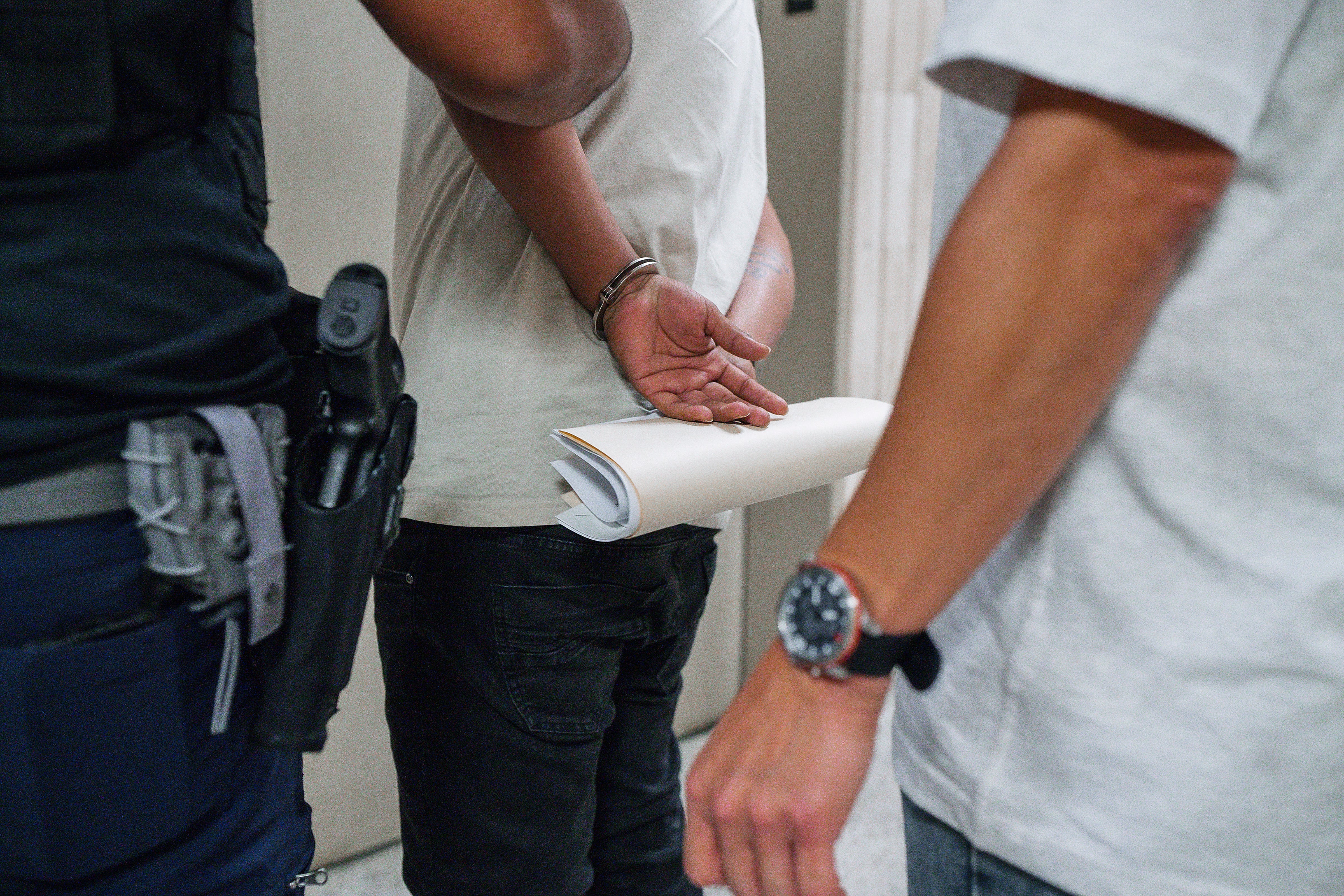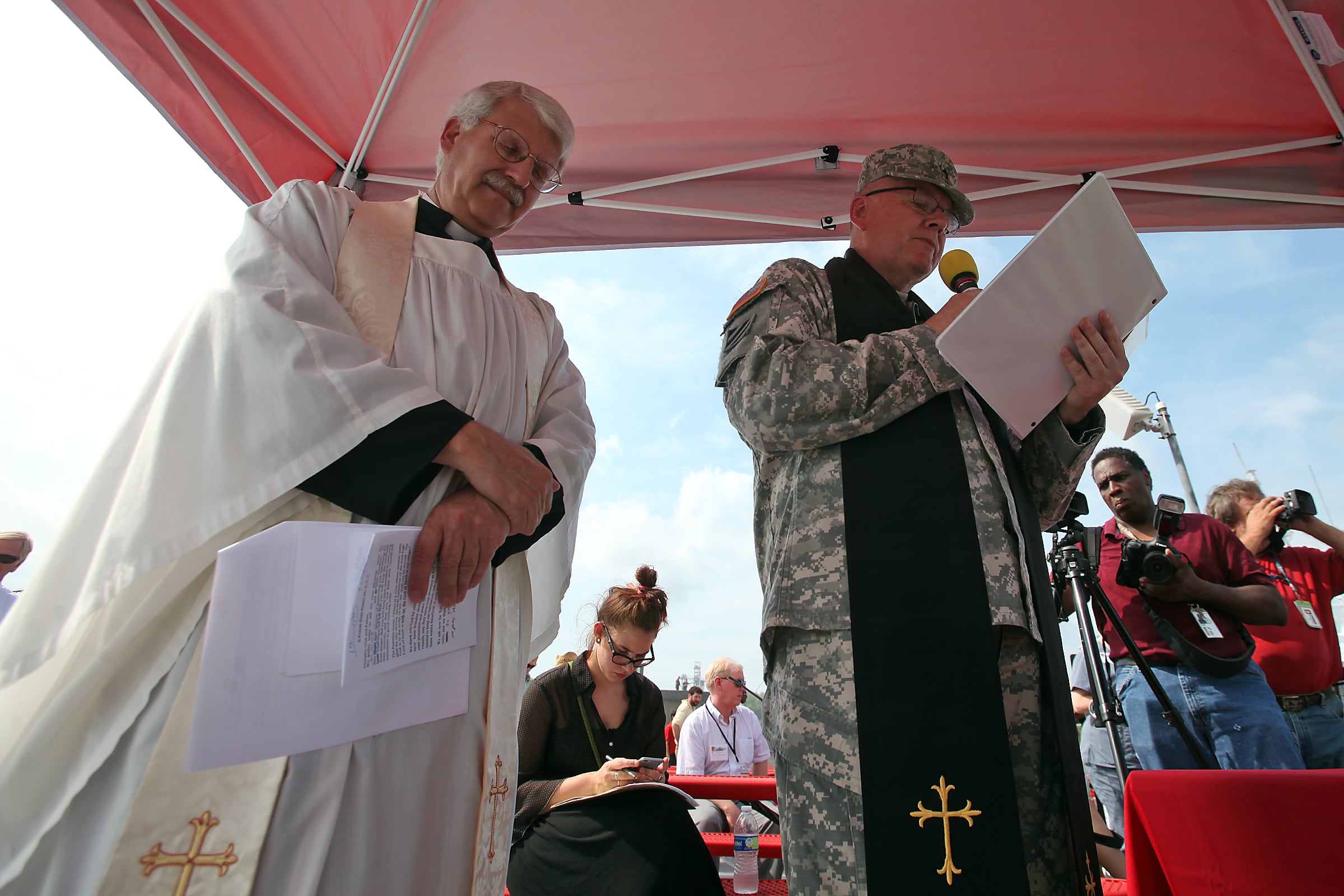WASHINGTON — Personnel steeped in information warfare are increasingly in demand across the U.S. Navy, and the woman who ensures they are properly trained, equipped and available is feeling the pressure.
“The competition is so keen now that my warfighting peers are approaching me and, in a good way, want me to do my job,” Vice Adm. Kelly Aeschbach, the commander of Naval Information Forces, said at the annual Association of Old Crows symposium in Washington. “They want to invest in actually having information warfare experts as part of their team, because the environment is so complex now.”
Information warfare, or IW, is a fusion of offensive and defensive electronic capabilities and cyber operations. It combines data awareness and manipulation to gain an advantage, before, during and after battles. The proliferation of communications and other advanced technologies and their prevalence in militaries the world over has given recent rise to the concept and its persuasive powers.
“We do our job right day to day, we will stay in competition. We will not be in crisis, and we will not have to endure conflict,” said Aeschbach, who previously served as deputy director of intelligence for U.S. Forces–Afghanistan and the director of intelligence for U.S. Strategic Command. “But I would also tell you that if we end up in crisis or conflict, we will be essential to the Navy prevailing in whatever that conflict is.”
RELATED

The Navy years ago installed information warfare commanders in carrier strike groups. The position, C4ISRNET previously reported, supplements air warfare and surface warfare commanders.
The service also established Fleet Information Warfare Command Pacific, an entity postured for a vast region the U.S. deems vital to international security and financial well-being. The Pentagon considers China its No. 1 threat. Russia is a close second.
“I tell folks that information warfare in and of itself is its own warfighting domain. We have our own non-kinetic and kinetic capabilities that we deliver,” Aeschbach said Oct. 26. “But, candidly, no other warfighting area can execute without us. You have to have us in order to be successful, if you want to put a weapon on target.”
Aeschbach earlier this year told Defense News her top priority was “to get information warfare fully into live, virtual and constructive training,” where a clearer picture of the IW community’s capabilities can emerge.
An inability to train with information warfare systems during live events — either due to the harm they may cause nearby in the electromagnetic spectrum or because they don’t want to reveal tools and tactics to faraway observers — has clouded a more in-depth understanding.
“Until we deliver that,” Aeschbach said at the time, “we’ll remain challenged in being objective about how well we’re executing.”
With reporting by Megan Eckstein.
Colin Demarest was a reporter at C4ISRNET, where he covered military networks, cyber and IT. Colin had previously covered the Department of Energy and its National Nuclear Security Administration — namely Cold War cleanup and nuclear weapons development — for a daily newspaper in South Carolina. Colin is also an award-winning photographer.





